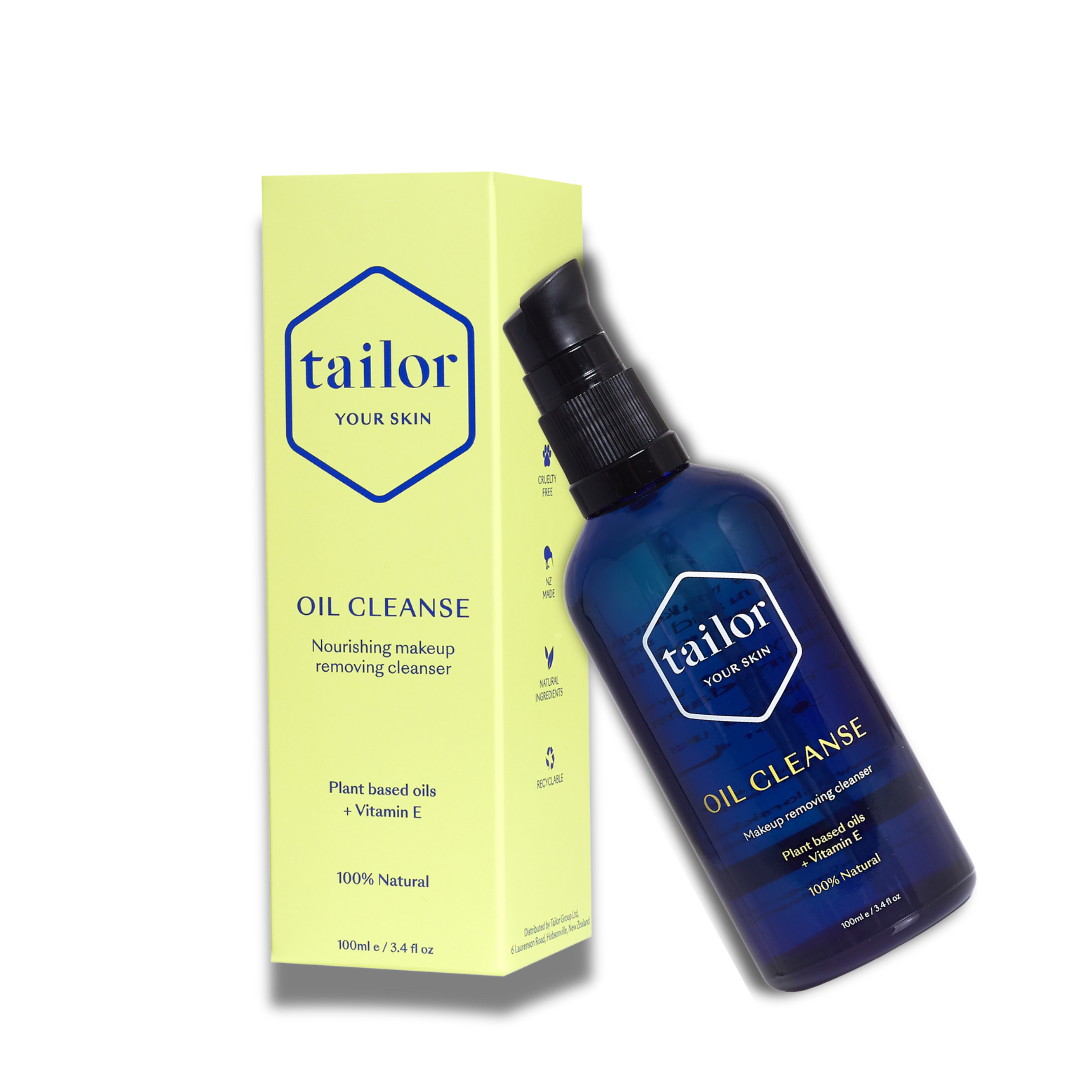Your skin is the largest organ in your body.
Unlike other organs, you can easily touch, see and check your skin health daily, so it’s a great indicator of what’s going on inside your body - especially your gut health.
Acne, facial redness, eczema, psoriasis, dry skin, and rosacea are all skin conditions which can have the same root cause; poor gut health and gut function.
So it makes sense that the health of your gut is fundamental to having glowing, clear skin!
The gut includes everything from the mouth all the way through to the anus - it’s responsible for absorbing nutrients, housing both helpful and harmful bacteria and excreting waste. Making improvements to the digestive system has been scientifically shown to improve skin health, immune function, mood, and energy levels.
Read on to discover why your gut health is so important when it comes to clear skin, and get my top tips to care for your digestive health for glowing skin.

How Does Your Gut Work?
Have you ever heard the saying “you are what you eat”?. This common saying is not necessarily true... It’s much more accurate to say that “you are what you absorb.”
The primary role of the gut is to absorb the nutrients from your food that your body needs for growth, repair, and normal functioning. There are many things that inhibit proper absorption of nutrients, and when the body doesn't get enough nutrients, it begins to prioritise which organs will get the few nutrients that are available.
Our hair, nails and skin are usually the first places where we notice changes. This is because when nutrients are in short supply, the body drives nutrients towards essential organs like the heart, brain and liver.
How to improve gut health
The first step in healing your gut and skin is to make sure that your body is getting all of the nutrients it needs through a diet including a variety of coloured plant foods.
Fruits and vegetables are the richest sources of nutrients, and should make up the foundation of your diet. Other foods to include are whole grains, lentils, beans, nuts, seeds, lean meats and fish, and whole food fats like organic butter, avocado, and unrefined plant oils.
There are many things you can do to increase your ability to absorb as much goodness as possible from your food, and the easiest of these is to chew your food.
I know it sounds silly, but remember that the first place digestion starts is in the mouth!
This is the only chance you have to mechanically break down your food. Once it’s been swallowed, the body can only use digestive enzymes, acids and probiotics to further break food down because there are no teeth in your stomach! Large pieces of food take much longer to break down than small well chewed pieces. We want food to be absorbed as quickly as possible to ensure that it doesn't sit in the gut and ferment, which can then cause unpleasant gas and bloating… Something we all want to avoid!
Another important part of the early digestion process is your stomach’s acid and digestive enzymes. Both of these substances help to break food down into small molecules that your body can then absorb.
Many people don't make enough stomach acid, and symptoms include; reflux, bloating, gas, and facial redness.
A simple remedy for low stomach acid production is to have the juice of half a lemon in a small amount of water (50-75mls) before meals.
This kick starts your stomach into making enough acid for optimal digestion. It’s also important to limit drinks around meals, as this dilutes stomach acid and can impair digestion.
A lack of digestive enzymes can reduce the amount of fat and protein that you absorb, and leave your skin feeling dry and dull - which can be the cause behind eczema and psoriasis. Working with a qualified nutritionist or naturopath can be a great way to get your digestive enzymes working efficiently and resolve dry skin problems.

What is gut bacteria?
Gut bacteria has a massive influence on the health of your body, and especially the health of your skin.
Each person has about 1 kg of bacteria living inside their gut. Just think about that for a moment… that’s a huge amount of bugs we carry around with us each day!
Ideally you want to have 85% good bacteria to about 15% bad bacteria. This is an ideal ratio to keep the gut healthy and functioning optimally. It’s when this ratio changes that problems can start to arise.
Gut bacteria is responsible for the digestion of some types of carbohydrates that the human body is not equipped to digest itself. The bacteria metabolise the carbohydrates into short chain fatty acids, which the body can then use for energy. Gut bacteria also produces some B vitamins and most of the vitamin K needed by the body.
What causes leaky-gut syndrome?
A lack of helpful gut bacteria can lead to an overgrowth of bad bacteria, and when this happens, the gut walls start to become damaged. This is known as leaky-gut syndrome, and is the culprit behind many common skin issues. The gut wall is made up of lots of cells, and each of these cells are held together by a ‘tight-junction.’ Normally these tight-junctions are impermeable and do not let substances through, however harmful bacteria can damage these junctions and cause gaps to form. Once the tight-junctions have been opened up, you have what is known as leaky-gut syndrome.
When the junctions have gaps between them, contents of the gut are able to pass through the cell wall and into the bloodstream. Molecules of food, bacteria and parasites are then able to pass into the bloodstream where they can trigger a host of problems throughout other parts of the body.
How does leaky gut syndrome affect your body?
Many autoimmune conditions as well as skin conditions are triggered by leaky gut syndrome. While harmful gut bacteria is usually the leading cause of leaky gut syndrome, alcohol, gluten, dairy, food additives and pesticides can contribute to damaging the gut wall too.
When harmful substances make their way into the bloodstream, the body looks for the quickest way to remove them… and through the skin is often the quickest and easiest option. The body triggers an immune reaction in response to these substances, which can cause redness, swelling and breakouts.
How to prevent leaky gut syndrome
Taking a high quality probiotic and eating probiotic rich foods is the best way to improve your gut bacteria ratio. Foods like kefir, sauerkraut, natural yogurt, and kombucha can all help regain a healthy gut bacteria balance.
While it’s important to provide the gut with the bacteria it needs to thrive, it’s equally important to remove the substances that are causing the damage or feeding the bad bacteria.
Gluten, alcohol, refined sugars and processed foods all contribute to gut damage and inflammation in the body and should be limited or avoided if possible to help your gut and skin heal.

The main purpose of the lower gut is to excrete substances that the body doesn't need any more. Ideally you should be using your bowels at least once per day - this ensures that waste products do not sit in the body too long.
If waste is left in the lower bowel, the body can re-absorb some of the substances that it’s trying to get rid of. These reabsorbed substances can then be excreted through the skin, which as we know can cause skin problems. Fibre and fluids are the two things needed to keep waste moving out of the body.
What type of Fibre does your body need?
There are two types of fibre; soluble and insoluble. Soluble fibre is found in foods like oats, rye, barley, flax meal, chia seeds, and some fruits and vegetables. This type of fibre helps us to feel satisfied after eating, and has the special ability to bind to substances and slow their absorption (sugars and fats), or can bind to substances helping them to be excreted (hormones and cholesterol).
Soluble fibre is especially important when it comes to skin health, as excess levels of circulating sex hormones can contribute to skin issues like melasma and breakouts.
So you need fibre to help your body move excess hormones out of your system, and keep your skin healthy and clear! Insoluble fibre is found in all fruit and vegetables, whole grains, and nuts and seeds. Most natural plant foods contain some insoluble fibre.
I like to imagine insoluble fibre travelling through my digestive system like a broom... It sweeps the sides of the intestines, collecting waste matter and moving it gently out of my body. Not only does insoluble fibre act as an internal cleaner, but it also feeds the bacteria living in the large intestine.
The human body can’t break down insoluble fibre by itself, so we need the good bacteria in our gut to do the job for us. As they break the fibre down, they release short chain fatty acids and some vitamins, which the body can then absorb and use.
A diet high in fibre is important for the removal of waste and unneeded hormones and to feed your helpful gut bugs and to control blood sugar levels… all of which can have a direct effect on the health of your skin.
Top tips for a healthy digestive system
Here are my top tips to care for your digestive health for glowing skin:
-
Drink lemon juice in a small amount of water before each meal.
-
Chew. Your. Food!
-
Eat probiotic containing foods such as; sauerkraut, kimchi, kombucha, fermented dairy, miso soup, or take a good quality probiotic supplement.
-
Avoid processed foods, refined sugars, alcohol and gluten.
-
Eating a high fibre diet, including lots of fresh fruits and vegetables, legumes, beans, nuts and seeds.
-
And last but least, feed your skin topically with nutrient rich natural skincare to complete your holistic beauty routine for glowing, clear skin.
 |
Author - Jessica Giljam-Brown | BSc Jessica is a qualified nutritionist, and takes a holistic approach to health and wellbeing. She is passionate about helping people to discover how amazing their bodies are designed to feel when powered by the right nutrients. Jessica uses evidence-based science to help educate, and make lasting changes in people's lives. Follow Jessica on Instagram, or learn more at her website. |


